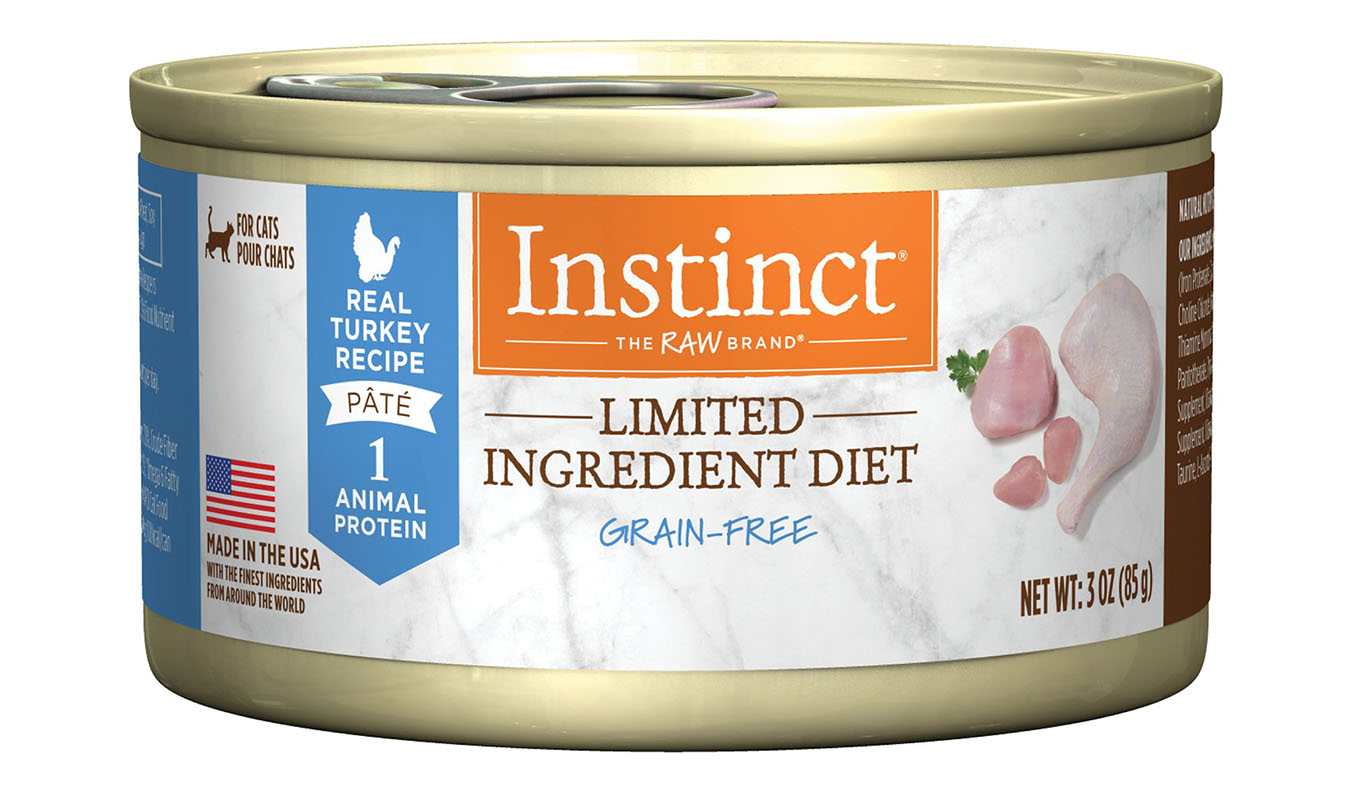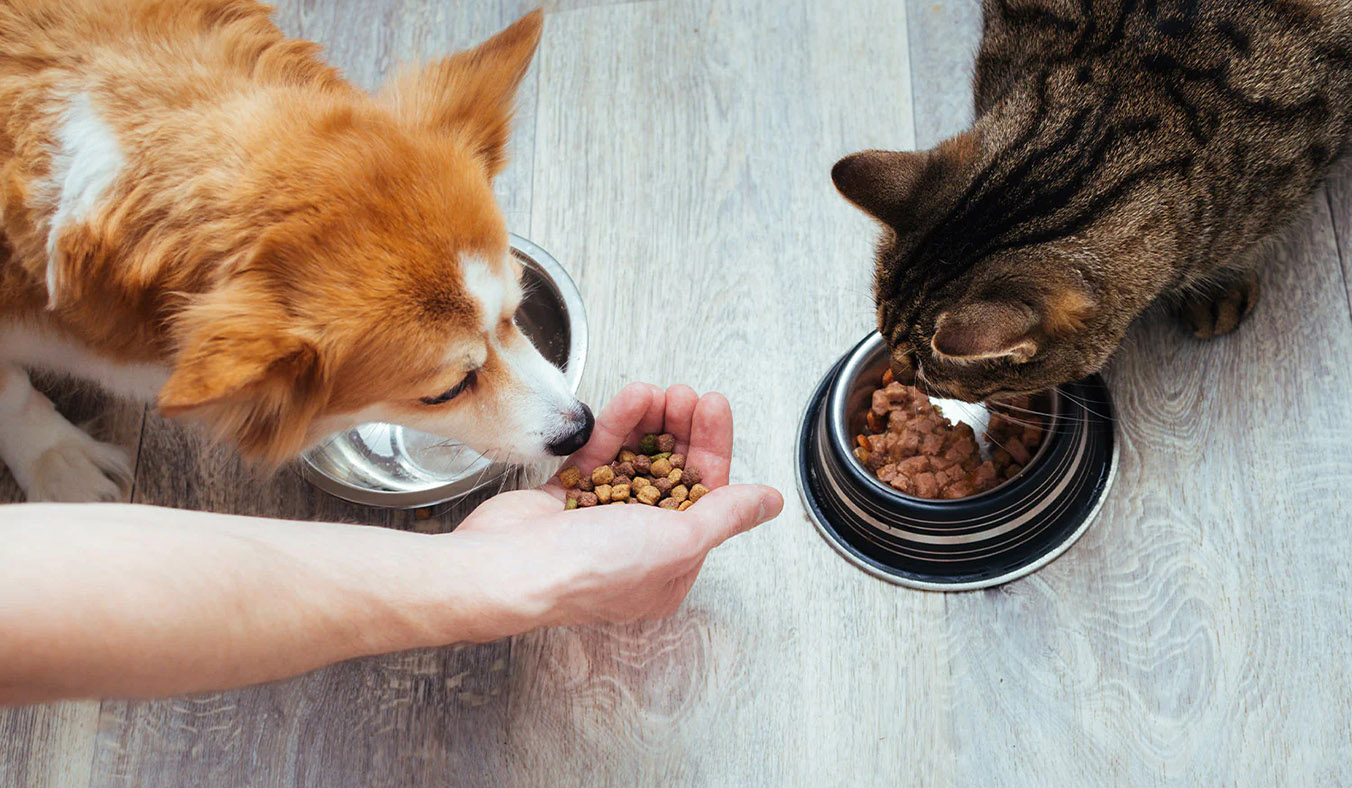“Scratching again?” — That’s the phrase I’ve been repeating to my pet lately. Every time it sits down, it starts furiously scratching its belly or behind its ears, sometimes until the skin turns red or fur begins to fall out, even forming little red bumps. Watching it constantly shake its head or chew its paws fills me with worry — what exactly is going wrong?
After a series of investigations and some serious learning, I gradually came to realize a frequently overlooked possibility: my pet might have a food allergy.
Food allergies are often the hidden culprit behind many skin issues in pets — and they’re also one of the most misunderstood and ignored conditions. All too often, we notice the fur loss and skin irritation and assume it’s fleas or poor hygiene, when in fact, the real issue might be what’s in their food bowl.
I’ll walk through the signs, causes, and diagnostic process of food allergies in pets, along with how to manage their diet and choose the right food. I’ll also share some hard-learned lessons and practical tips from my own journey — all in the hope of helping other pet parents avoid unnecessary detours and spare their furry companions from discomfort.
1. What Exactly Is a Food Allergy?
First, we need to distinguish between food allergies and food intolerances — two often-confused terms.
- Food allergy refers to an abnormal immune response to a specific food protein. This immune-mediated reaction can cause chronic inflammation. The allergic response can occur immediately upon first exposure, or it might build up gradually over weeks, months, or even years.
- Food intolerance, on the other hand, is a non-immune response where the body struggles to digest certain components, like lactose or high fat content, often leading to diarrhea.
While the symptoms may overlap, the treatment paths are completely different. This article focuses on true immune-mediated food allergies.
2. Common Symptoms of Food Allergies in Pets
Many pet owners think allergies only cause diarrhea. In reality, skin problems are the most common signs. Here are some typical symptoms I’ve observed:
1. Persistent Itching — Especially Around Ears, Paws, Belly
If your pet is constantly scratching its ears, licking its paws, or biting the base of its tail — especially to the point of disturbing sleep — don’t immediately blame fleas. It could be an immune reaction triggered by food.
2. Rashes, Dandruff, Dermatitis
Red bumps, eczema-like skin, patchy fur loss, dandruff, or even open sores can be signs of a food-induced allergic reaction.
3. Chronic Ear Infections or Excess Earwax
Some breeds (like Golden Retrievers and Labradors) are prone to chronic ear infections. If your pet often has smelly ears or a buildup of brown wax, food allergies may be contributing to chronic inflammation in the ear canals.

4. Gastrointestinal Issues: Vomiting, Diarrhea, Frequent Gas
Though less common than skin symptoms, some pets may show digestive issues like soft stools, diarrhea, or excessive flatulence — especially after eating high-protein or constantly changing diets.
5. Behavioral Changes: Irritability or Increased Aggression
The constant itchiness and discomfort can lead to irritability or even aggression, especially when the pet is touched in sore areas.
3. Common Food Allergens in Pets
We often assume that “expensive pet food is good” or that “novel proteins are nutritious,” but the truth is, many common allergens are found in everyday ingredients. Here are the most frequently reported culprits:
- Chicken – One of the most common allergens, especially in pets that eat it daily.
- Beef – Another high-risk protein.
- Dairy – Besides lactose intolerance, dairy proteins can also trigger immune responses.
- Wheat and Corn – Some pets react to plant proteins in grains, leading to skin or digestive issues.
- Eggs – Nutritious, but highly allergenic for some animals.
- Fish (especially salmon) – Certain fish proteins can cause issues for sensitive pets.
- Soy or Pea Protein – Increasingly used in pet food and can also be allergenic.
These ingredients aren’t harmful to all pets — but once an allergy develops, even a small amount can cause a reaction and must be completely removed from the diet.
4. How to Diagnose a Food Allergy in Pets
Diagnosing a food allergy is essentially a process of elimination and observation. Here’s what worked for me:
1. Rule Out Parasites and Infections
Start with flea treatments and consult your vet to exclude mites, fungi, or bacterial infections.
2. Rule Out Environmental Allergies
Dust mites, pollen, cleaning products — all can cause reactions. Keep your home clean, wash pet bedding regularly, and avoid known irritants.
3. Implement an “Elimination Diet”
This is the gold standard for diagnosing food allergies.
- Choose a novel protein + single carbohydrate formula (e.g., venison + brown rice, or rabbit + potato).
- Feed it exclusively for at least 8 weeks — no treats, flavored meds, or table scraps.
- If symptoms improve, it indicates an allergen was present in the original diet.
- Reintroduce other proteins one at a time to pinpoint the exact allergen.
This method takes patience, but it’s extremely effective at finding the source of the problem.
5. Diet Management for Allergic Pets
Once you’ve identified a food allergy, dietary changes become the core of your pet’s long-term care. Here are my golden rules:
1. Stick to “Low-Allergen + Single-Protein” Formulas
Use rare protein sources (like turkey, venison, crocodile, or rabbit) and avoid common allergens like chicken, beef, wheat, or soy.
2. Choose Hydrolyzed Protein Diets
These diets contain proteins broken down into very small fragments, making them less likely to trigger an immune response. Great for pets with severe allergies — usually available by prescription.
3. Keep the Diet Consistent
Avoid frequent changes in brands or flavors. Consistency helps stabilize the immune system.
4. Be Extremely Cautious with Treats
All treats, dental chews, food toppers, and flavored broths must be carefully reviewed — or completely avoided during the elimination phase.
5. Add Supplements for Skin and Gut Health
Omega-3 fatty acids (fish oil), zinc, vitamin E, and probiotics can help reduce inflammation and strengthen the skin barrier.
6. My Tried-and-True Pet Food Picks for Sensitive Pets
Through trial and error, I found a few pet food brands that worked wonders for my allergic pet — they’re simple, hypoallergenic, and highly palatable:

1. Natural Balance L.I.D. (Limited Ingredient Diet)
- Uses single animal proteins and single carbohydrates
- Available in turkey, duck, catfish, etc.
- Free of grains, corn, and soy — suitable for long-term feeding
2. Hill’s Prescription Diet z/d
- Contains hydrolyzed proteins
- Clinically tested for allergy management
- Requires a vet prescription — best for severe cases
3. Canidae PURE Series
- Fewer than 7 ingredients
- Novel proteins like lamb, salmon, or turkey
- Grain-free and chicken-free — ideal for sensitive pets
4. Instinct Limited Ingredient (Freeze-Dried Raw)
- High-protein, low-carb formula
- Uses rare proteins like rabbit or lamb
- Freeze-dried for enhanced taste — great for picky eaters
7. A Gentle Battle: Living with a Pet’s Food Allergy
Food allergies don’t develop overnight — and they won’t vanish quickly either. But this isn’t a hopeless battle. From the anxiety of “not knowing what’s wrong” to the calm of “having a clear plan,” I’ve been through it all. And the biggest change was learning to watch, listen, and respect my pet’s body language — not just impose human expectations.
Yes, the food might be more expensive. Yes, the feeding process might become more complicated. Yes, symptoms may come and go. But every bit of effort you invest helps your pet steer away from chronic inflammation and discomfort.
And when you finally see your furry friend stop scratching, grow a soft and shiny coat, and bounce around with joy — you’ll know it was all worth it.



